

UMR CNRS 8579

Laboratoire MSSMat
Mécanique des Sols, Structures et Matériaux
Films
Typical behaviours of vibrated granular matter in 1g and in 0g (french)
Réalisation École Centrale Paris.
Vibration et milieux granulaires sur terre et en apesanteur (french)
Réalisation Palais de la Découverte (Paris) en 2007 pour illustrer son programme "un chercheur une manip" du début 2008 sur la physique des milieux granulaire .
More information on the exhibition at Palais de la Découverte (Paris, 2008) is available here.
Short report film on the exhibit
Réalisation École Centrale Paris.
Effects of vibration on granular matter in gravity
This film on few "effects of vibration on granular matter in gravity" presents different effects generated by vibrations. The low quality of the film is linked to high compression rate.
Among the effects:
- Oscillon generation and pattern formation on a plate covered by less than 1 layer of grains. The grains collapse with the plate once every two periods. The other period the grains fly. The position of the collapse changes every period. (This is a parametric forcing at half the period of vibration). The camera runs at 25 frames/second; so camera acts as a stroboscope, when the vibration lays near 25Hz or 50Hz; this help good viewing.
- Parametric forcing of liquid water: when resonance condition is achieved, one observes the generation of large amplitude standing wave, with the length of the cell equal to a multiple of a half wavelength. One remarks the dissymmetry of the standing wave shape (it is no more a sinus shape). It exemplifies the existence of non linear coupling at large amplitude of wave.
- Heaping and convection in granular samples due to merely vertical vibration. During few of these sequences a normal stroboscopic red enlightenment was used for some sequences. Few others use the "natural" strobe of the camera frame rate. In some sequence also one can also observe the effect of a step at the bottom wall.
- Pseudo "Maxwell’s Demon" or "shovel effect" generated by vertical vibration. experiment: Two boxes are separated by a vertical wall with a slit at the bottom. The wall is flexible here. Vertical vibrations force the pumping of the grains by/in the more filled box. Remark: A similar effect can be obtained with 1-3 layers of grains but the motor is different from the one here. The main motor here is the action of the ambient air as it can be proved by using a rigid wall of separation. When experiment is done with one or two layers, the motor is the dissipation due to collision because the flow of air cannot couple the motion of grains. This exemplifies the sensitivity/difficulty of such studies. The interpretation may depend strongly on the experimental conditions.
- Generation of convection using horizontal vibration: main phenomenon: by inertia, vibrations push the grain away from the vertical wall periodically; then they fall in the "hole" made....
- Stopping the hourglass flow by vertical vibration
- Generation of an oscilloscope working with beads and horizontal vibration
- Generation of convection using horizontal vibration.
- Generation of convection using quasi-static horizontal forcing. Part of this sequence has been accelerated by storing 1 frame every other 3.
- Analysis of the convection due to quasi-static horizontal forcing in the way of soil mechanics do: deformations are exemplified using a crossing array of perpendicular lines. Two initial conditions are studied (inclined and horizontal free surface)
- Levitation of a heavy particle immersed in a closed section of liquid using a rotational vibration forcing: as a matter of fact, the heavy particle, i.e; which is denser than the surrounding liquid, is attracted towards the centre of rotation. This centre is above the cell, hence the particle levitates.
- Formation of a standing relief at the liquid-granular matter interface due to fast horizontal vibration (It is a Kelvin-Helmholtz instability similar to the one which generates waves by wind on sea; however, here the granular medium is "the sea", the liquid on top is "the wind", and the relief does not move because the "wind is moving back-and-forth periodically, instead of going always in the same direction as in the case of the sea. In this experiment the sand is liquefied and its surface becomes flat and horizontal when vibration is stopped. One can also observe the stabilisation of vertical interface.
- Generation of grain layering during inverse sedimentation (grains are lighter than the fluid and move upwards), due to horizontal vibration. One will observe a similar effect with a drop of liquid if this one has a little surface tension.
- Pseudo "Maxwell’s demon" with a rigid wall of separation. The direction of filling can be chosen/changed by overfilling one box.
This is just a sketch (or a rapid view) of some strange behaviours of granular matter under vibration. They do not require important experimental set-up (a loud-speaker, a generator (10-100Hz), a audio-amplificator (<30W) and a camera. Many other experiments can be proposed.
For more information one can find few references in my list of publication joined with the curriculum vitae.
This film is 10 years old now, but it still remain relatively up-to-date. Few of these effects have been the subject of numerous studies. Others require further investigation.
Little is known on the behaviour of grains in weightlessness.
Photos - voyage Pékin juillet 2007
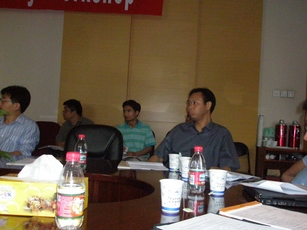
| 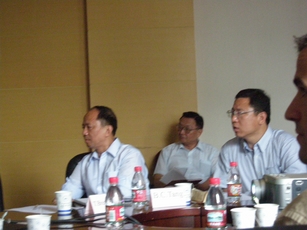
| 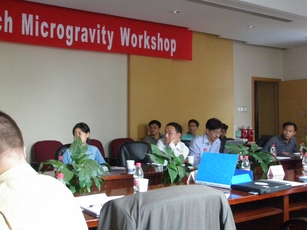
| 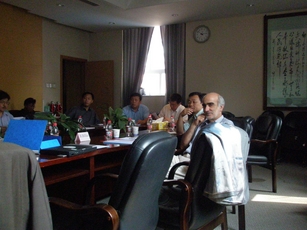
| 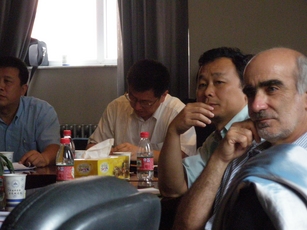
| 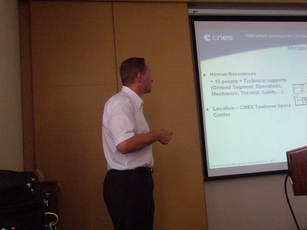
| 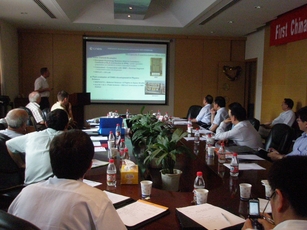
| 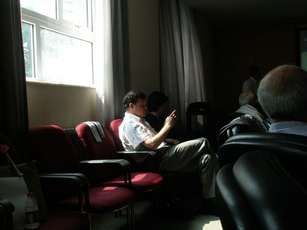
| 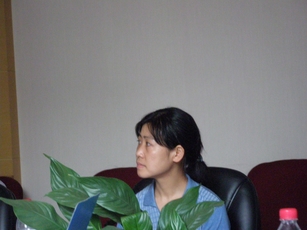
| 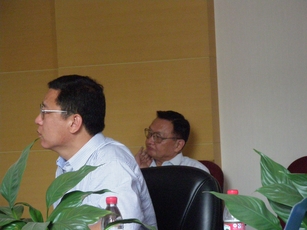
| 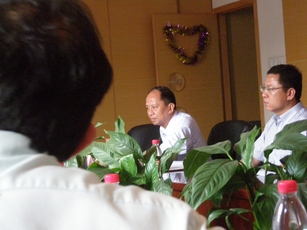
| 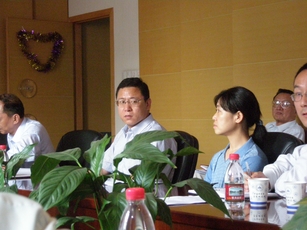
| 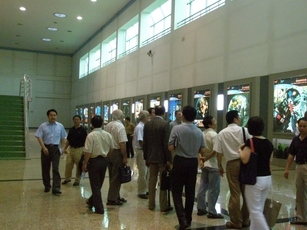
| 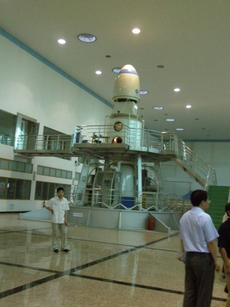
| 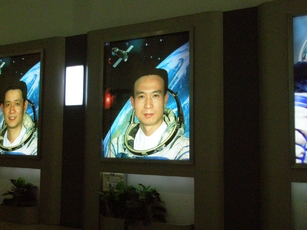
| 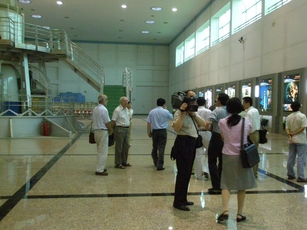
| 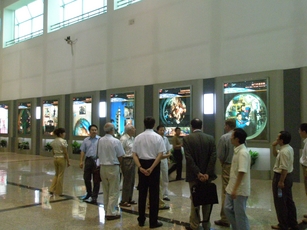
| 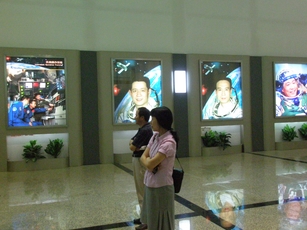
| 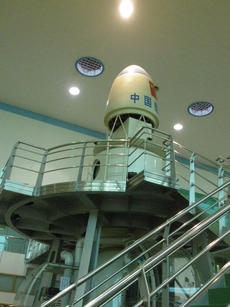
| 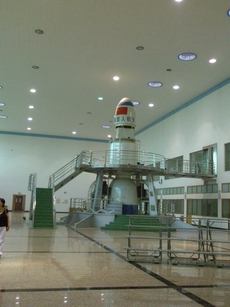
| 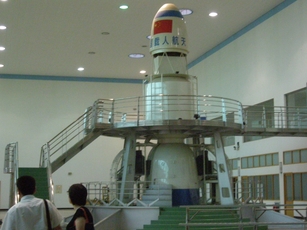
| 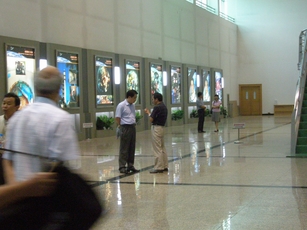
| 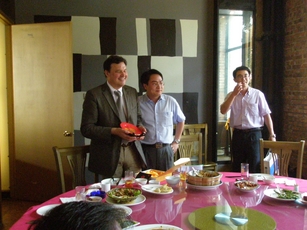
| 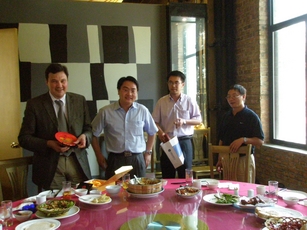
| 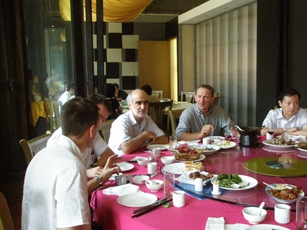
| 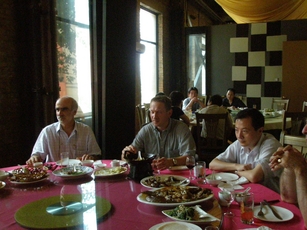
| 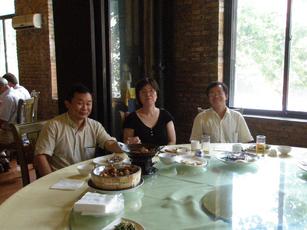
| 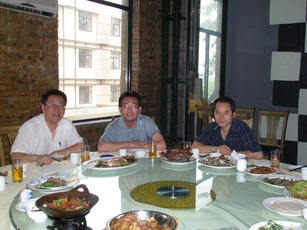
| 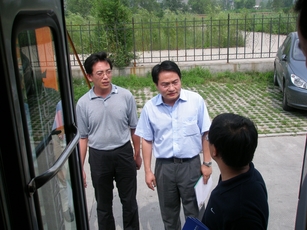
| 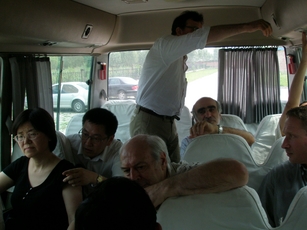
| 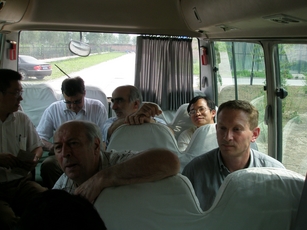
| 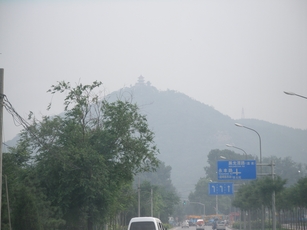
| 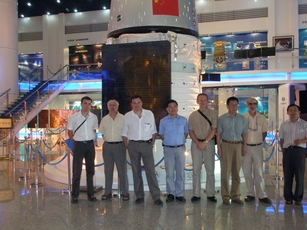
| 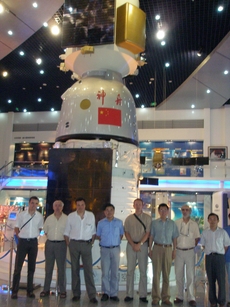
| 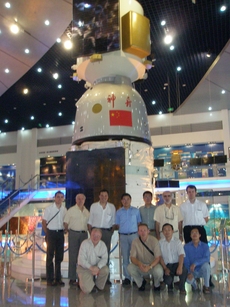
| 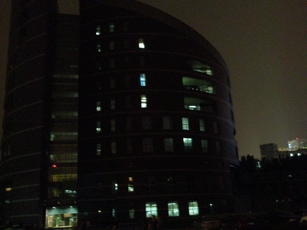
| 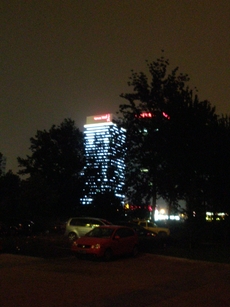
| 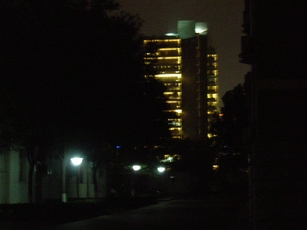
| 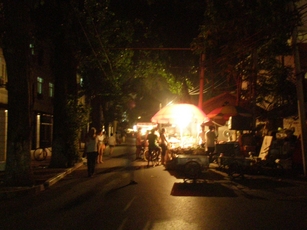
| 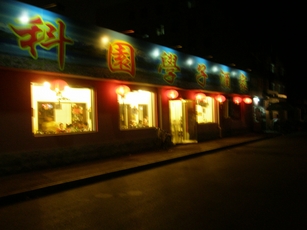
| 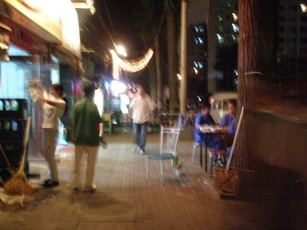
| 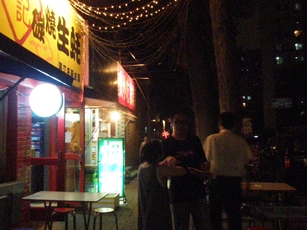
|